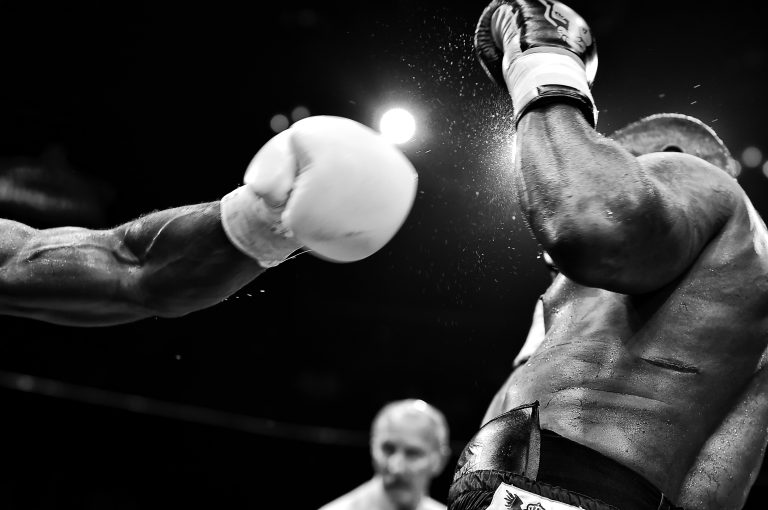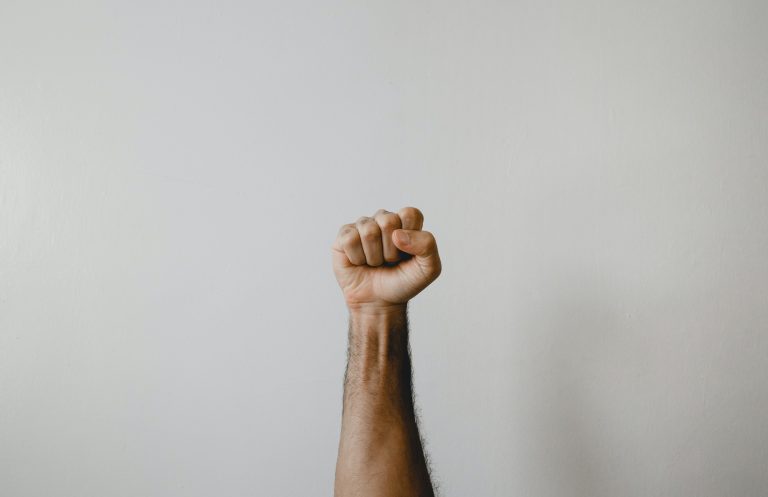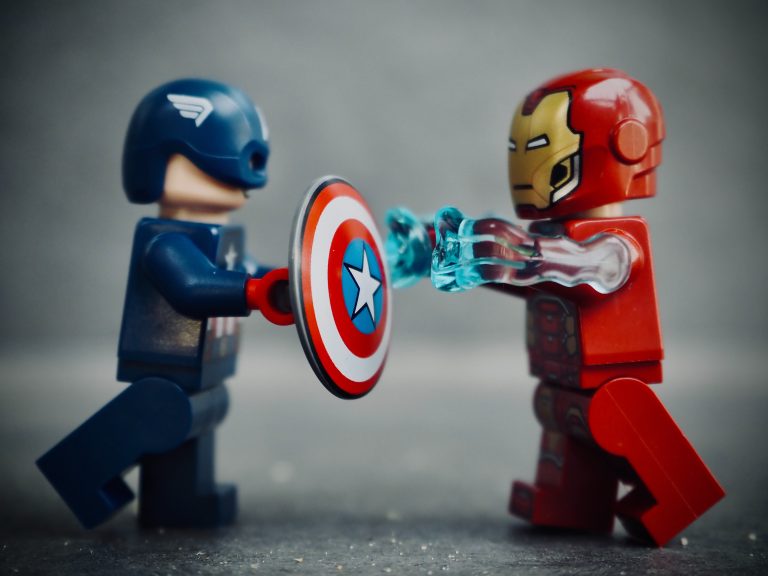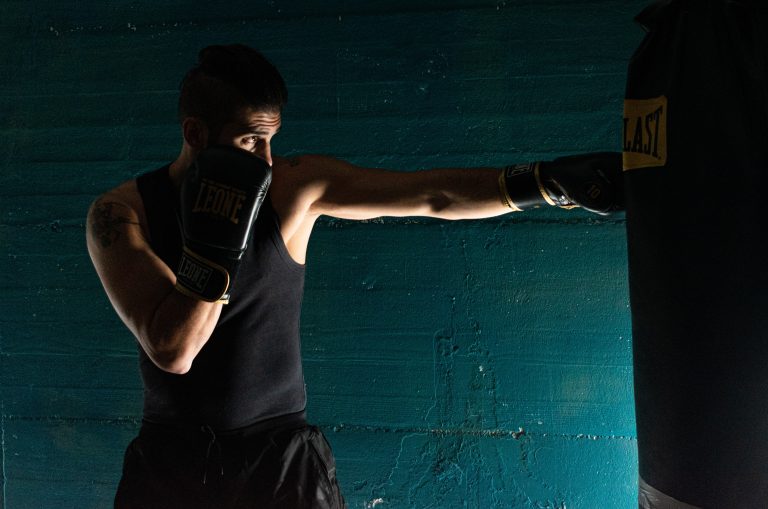Karate: The Origins and Benefits of This Ancient Martial Art
Karate is one of the most popular martial arts in the world, practiced in gyms, dojos and parks all around the globe. It has been around for hundreds of years, with its roots tracing back to China, Okinawa and Japan. Karate has evolved over time and is now practiced in many styles. Its popularity is based on its effectiveness in self-defense, as well as its versatility and health benefits.
In this article, we’ll explore the origins of karate and look at the different styles that have developed over time. We’ll also discuss some of the benefits of practicing karate and how it can improve your health and mental wellbeing.
What is Karate?
Karate (空手) translates to “empty hand” in Japanese. It is a martial art that combines punching, kicking and blocks to create a powerful self-defense system. It typically focuses on striking and grappling techniques designed to incapacitate or subdue an attacker.
Karate can be practiced in either a competitive setting or as a personal skill. There are several different styles of karate, each with their own rules and regulations, and practitioners can develop a deep understanding of the art and themselves through their training.
Origins of Karate
Karate originated in China and Okinawa and has grown to become one of the most popular martial arts in the world. The practice has evolved over time, with practitioners gaining insight from various forms of martial arts, including Chinese kenpo, jujutsu and kung fu. The Chinese form of kenpo was first developed as a self-defense system, while jujutsu was more focused on grappling techniques and submission holds.
In 1609, the Satsuma clan invaded Okinawa and outlawed weapons, so the islanders had to find alternative ways to defend themselves. This led to the development of a new martial art known as “te”, which incorporated elements from Chinese kenpo, jujutsu, kung fu and even traditional Okinawa weapons such as the bo (staff).
Around 1821, Fujian peasant and kenpo practitioner Sokon Matsumura introduced an enhanced form of kenpo to Okinawa. This new style was later renamed “karate” when it was combined with other martial arts to create a more refined self-defense system.
Types of Karate
Modern karate is often divided into four main styles: Shotokan Karate, Goju-Ryu Karate, Shito-Ryu Karate and Wado-Ryu Karate:
- Shotokan – This style emphasizes linear techniques such as powerful straight punches and linear footwork.
- Goju-Ryu – Goju-Ryu is one of the oldest karate styles and is known for its circular movement pattern. Its primary techniques are short strikes to vulnerable points and circular blocks.
- Shito-Ryu – This style focuses on a balanced blend of linear and circular techniques.
- Wado-Ryu – Wado-Ryu emphasizes body movement synergy to evade attacks.
These four primary styles are often grouped together under the term “traditional karate”.
Benefits of Practicing Karate
Karate is a powerful form of martial arts that can help you build strength, agility, balance and coordination. It also provides numerous mental benefits, helping you build focus, discipline, self-confidence and leadership skills.
Physical Benefits:
- Improved Strength: Karate training requires full body strength as you use your arms, legs and core muscles to execute punches, kicks and blocks.
- Improved Agility: The dynamic nature of karate movements help improve coordination between arms and legs.
- Better Balance: Through controlled movements and stances, karate helps improve your balance.
- Greater Flexibility: Karate requires dynamic movements which help increase flexibility.
- Enhanced Endurance: Training karate increases your muscular endurance and aerobic capacity.
Mental Benefits:
- Higher Confidence: Karate helps you take control of your own safety and security. This leads to improved confidence which can be transferred to other parts of your life.
- Improved Focus: Spending time in the dojo focusing on kata (forms) can help you develop better concentration.
- Enhanced Disciplines: Practicing a martial art helps you stay focused on achieving goals in other aspects of your life.
- Greater Self-Awareness: Through reflection after each training session, you can develop greater awareness of your feelings and actions.
Conclusion
Karate is an ancient martial art that has evolved over time from its Chinese roots to become one of the most popular and versatile martial arts in the world. It is effective as both a competitive sport as well as a self-defense system, as it combines strikes, blocks, grapples and throws for increased effectiveness. Karate also has numerous physical and mental benefits that can be developed with regular training. Whatever your reasons for taking up karate, it’s a rewarding way to improve your physical fitness, mental wellbeing and personal safety.
References
- The Evolution of Karate
- The History and Origins of Karate
- The Benefits of Karate Training
Karate is a form of martial arts that originated in the Ryukyu Kingdom during the 14th century. It is a form of unarmed combat that emphasizes rapid, powerful strikes, using the hands and feet. Over the centuries, it has developed into a popular sport and a way of life for many people around the world. In this blog post, we will explore the origins of Karate and the many benefits that it provides.
Understanding the Origins of Karate
The origins of Karate can be traced back to the Ryukyu Kingdom, which was located in the southern islands of Japan. The region was a melting pot of various cultures, including Chinese traders and Japanese feudal lords. These different cultures influenced the development of martial arts in the region and gave rise to Karate.
Karate as a martial art was initially developed by peasants and farmers, who were prohibited from carrying weapons by the ruling class. They needed a way to defend themselves, so they began to develop an effective form of unarmed combat that could be used against armed opponents.
Over time, Karate evolved into different styles, each with its unique techniques and philosophies. Some of the popular styles of Karate include Shotokan, Goju-Ryu, Wado-Ryu, and Shito-Ryu.
The Benefits of Practicing Karate
Karate is more than just a martial art; it is a way of life that provides numerous physical and mental benefits. Here are some of the benefits of practicing Karate:
- Improved balance and coordination: Karate involves a lot of movements that require balance and coordination. Practicing Karate can help improve your balance, coordination, and overall body control.
- Increased strength and flexibility: Karate requires a lot of strength and flexibility. Regular practice can help develop your muscles and increase your flexibility.
- Improved cardiovascular health: Karate involves a lot of movement, which can help improve your cardiovascular health. Regular practice can help lower your blood pressure, reduce your risk of heart disease, and improve your overall fitness.
- Improved mental health: Karate promotes discipline, focus, and mental toughness, which can help improve your mental health. Regular practice can help reduce stress, anxiety, and depression.
- Self-defense: Karate is an effective form of self-defense that can help you protect yourself in dangerous situations. It teaches you how to strike with power and accuracy and how to defend yourself against attackers.
Is Karate Suitable for Everyone?
Karate is a martial art that can be practiced by people of all ages and fitness levels. However, it is essential to consult with a physician before starting Karate, especially if you have any pre-existing medical conditions.
It is also important to choose a style of Karate that suits your physical abilities and goals. Some styles are more suited to competition, while others focus on self-defense or physical fitness.
Frequently Asked Questions about Karate
Here are some of the most frequently asked questions about Karate:
1. How long does it take to become a black belt in Karate?
Becoming a black belt in Karate can take anywhere from three to five years, depending on the style and level of commitment.
2. How safe is Karate?
Like any martial art, Karate can be dangerous if not practiced correctly. However, with proper training and supervision, Karate is a safe form of exercise and self-defense.
3. Can Karate help with weight loss?
Yes, Karate can help with weight loss. It is a high-intensity form of exercise that can burn calories and help you lose weight.
4. Do I need to buy any equipment to start practicing Karate?
Yes, you will need to buy some equipment, such as a Karate uniform (gi) and protective gear. Your instructor will provide you with more information about the required equipment.
5. Can I practice Karate at home?
While it is possible to practice Karate at home, it is highly recommended that you join a dojo and practice under the supervision of a qualified instructor. This will ensure that you are practicing correctly and will prevent injuries.
Conclusion
Karate is an ancient martial art that provides numerous physical and mental benefits. It is a way of life that promotes discipline, focus, and mental toughness, and it can be practiced by people of all ages and fitness levels. Whether you are looking to improve your self-defense skills, stay fit, or improve your mental health, Karate is an excellent choice. With proper training and supervision, Karate can help you achieve your goals and live a healthier, more fulfilling life.
Inhaltsverzeichnis






